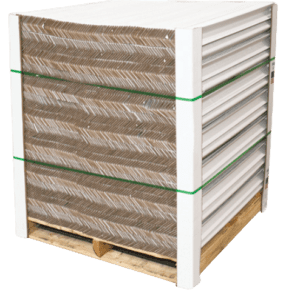Home » Shipping Protection 101: How to Use Corrugated Edge Protectors
Shipping Protection 101: How to Use Corrugated Edge Protectors

When you ship items, you run the risk of damaging them during transit. Even with careful handling, packages can bump into each other and sustain damage. That’s why it’s crucial to take measures to protect your packages during shipping. One of the easiest and most effective ways to do this is by using corrugated edge protectors.
Corrugated edge protectors add an extra layer of protection to the edges and corners of your packages, preventing them from getting damaged during shipping. In addition to using edge protectors, you can also choose to use stretch film to further secure your package and prevent damage. While stretch film is optional, it can be especially useful for packages with irregular shapes or multiple items.
7 Steps to Using Corrugated Edge Protectors
In this guide, we’ll take you through the steps of using corrugated edge protectors, with the option of using stretch film, to protect your packages during shipping.
Step 1: Determine the size of the edge protectors you need
The first step in using corrugated edge protectors is to measure the item you’re shipping. Determine the length, width, and thickness of the packaging material you’ll be using. You’ll need to choose edge protectors that are slightly larger than the item to ensure adequate protection.
Additionally, consider the weight and fragility of the item. Heavier items may require thicker edge protectors, while fragile items may need extra padding or cushioning.
Step 2: Choose the right type of edge protector
There are several types of edge protectors to choose from, including L-shaped, U-shaped, and C-shaped protectors. L-shaped protectors are best for protecting corners, while U-shaped protectors are designed to wrap around the edge of an item. C-shaped protectors are ideal for cylindrical items like pipes or tubes.
You’ll also need to choose the right material for the edge protectors. Cardboard, plastic, and foam are common options. Each material has its own strengths and weaknesses, so choose the one that best suits your needs.
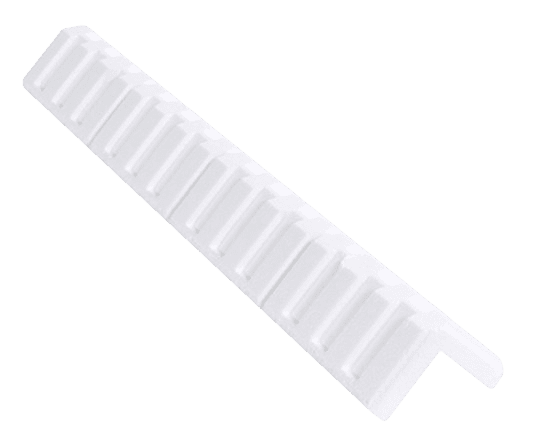
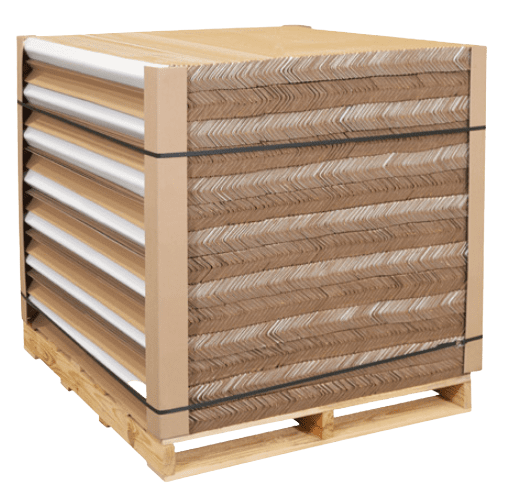
Step 3: Cut the edge protectors to size
Use a utility knife or box cutter to cut the edge protectors to the appropriate size. Cut them long enough to cover the entire edge or corner of the item, and wide enough to provide adequate protection. For L-shaped protectors, cut the corner at a 45-degree angle to ensure a snug fit. U-shaped protectors should be cut at a 90-degree angle.
Step 4: Secure the edge protectors to the item
Use tape or adhesive to secure the edge protectors to the cardboard or other packaging material. Apply the tape or adhesive to both the edge protector and the packaging material to ensure a secure hold. Make sure the edge protectors are properly aligned to provide adequate protection.

Step 5: Add additional protection if needed
For fragile items or those with irregular shapes, consider adding additional protection. Bubble wrap, packing peanuts, or other protective materials can help cushion the item and prevent damage during shipping.
If you choose to use stretch film, wrap it tightly around the package, ensuring that it’s snug but not so tight that it damages the package or its contents. Choose the appropriate type of stretch film for your specific needs, as different types have varying levels of strength and stretchability.
Step 6: Label and ship the package
Label your package with any necessary shipping information, such as the destination address and tracking number. Add a “Fragile” or “Handle with Care” label if necessary. Use a permanent marker or label maker to create clear, legible labels and place them in a visible location on the package.
Step 7: Monitor the shipment
Keep track of the shipment by utilizing the tracking information provided by the carrier. Regularly check the status and location of your package to ensure its progressing smoothly towards its destination.
If you encounter any delays or issues during the shipment, promptly contact the carrier to address the problem. In cases of damaged or lost items, you may need to file a claim with the carrier to seek compensation or resolution.

Summary: Edge Protectors
By following these steps, you can effectively protect your packages during shipping using corrugated edge protectors and optional stretch film. Start by measuring your item and selecting the appropriate size and type of edge protectors. Cut them to size and securely attach them to your package. If necessary, add extra protection such as bubble wrap. Optionally, wrap the package with stretch film for added security, particularly for irregularly shaped or multiple-item packages. Properly label the package and monitor the shipment using tracking information.
Remember, taking the time to properly protect your packages will help minimize the risk of damage during shipping. Whether you’re sending fragile items or packages with irregular shapes, using corrugated edge protectors and optional stretch film will provide an extra layer of protection and peace of mind. Happy shipping!
If you are interested in edge protectors or corner boards, then partner with Brown Packaging today to get started.
Choosing the right packaging material is one of the most important decisions buyers face. Single-material packaging offers simplicity and recyclability, while multi-material designs provide enhanced
One of the biggest challenges in sustainable packaging is balancing environmental responsibility with product protection. Buyers often worry that switching to eco-friendly materials means sacrificing
In today’s competitive market, packaging affordability doesn’t start with cheaper materials — it starts with smarter design. Every score, fold, and insert decision affects not
Every brand is feeling the squeeze — higher raw material costs, volatile freight rates, and a consumer base more price-conscious than ever. But cutting packaging
Corrugated board comes in multiple flute sizes and wall grades, each designed to balance strength, weight, and cost. Selecting the wrong grade can lead to
As tariff changes reshape global trade, packaging buyers moving production from China to the U.S. or nearshore regions face a new challenge: supplier qualification. Transitioning
Home » Shipping Protection 101: How to Use Corrugated Edge Protectors
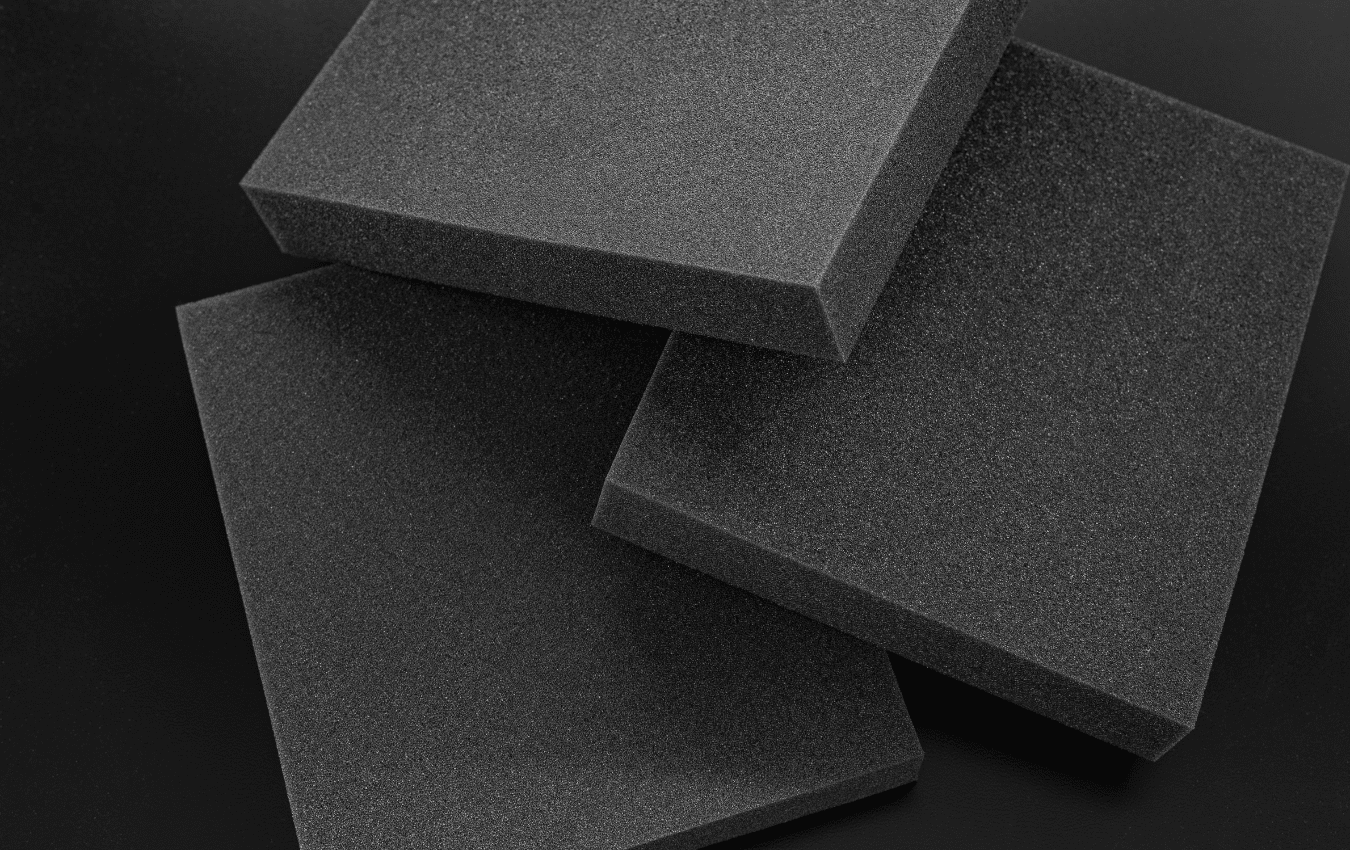
Packaging is a crucial aspect of any business that deals with physical products. Custom die-cut foam is a popular packaging material that offers excellent cushioning

In recent years, sustainability has become a key focus in various industries, including packaging. As companies strive to minimize their environmental footprint, innovative solutions are
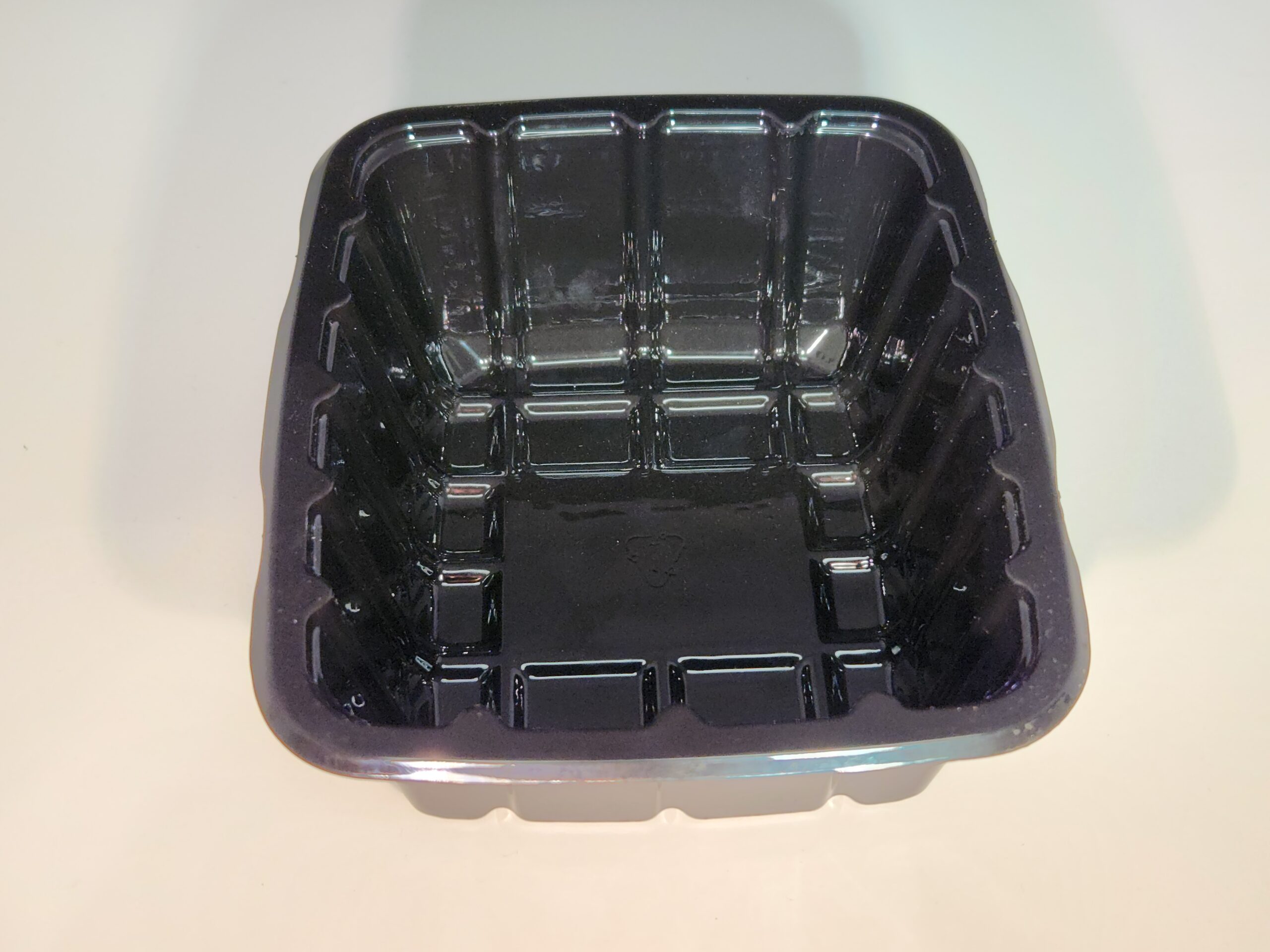
Polyethylene terephthalate, commonly abbreviated, stands out in the packaging industry for its versatility and environmental friendliness. Recognized as the most widely recycled plastic worldwide, this


